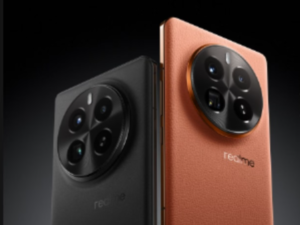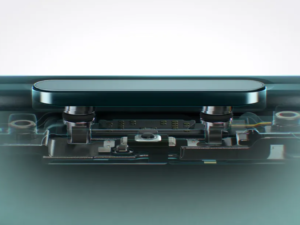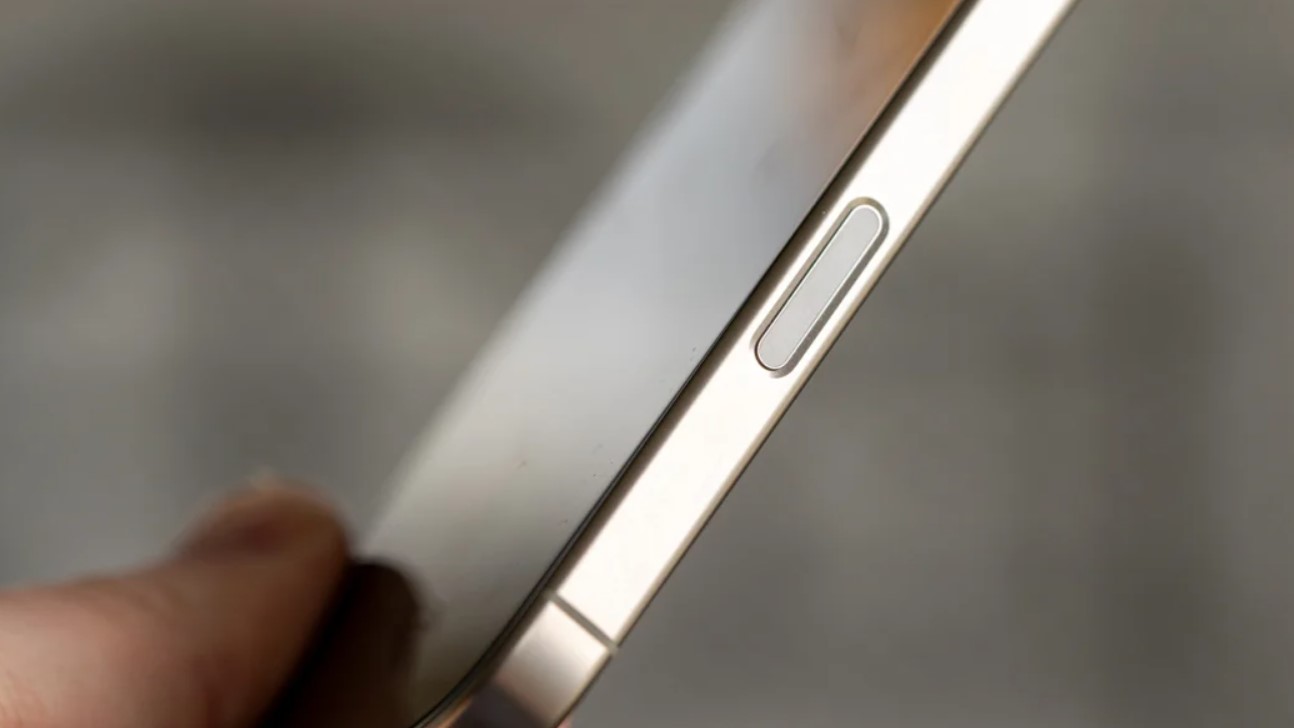iPhone 17 Pro A Game-Changer for Mobile Photography
Apple’s addition of the iPhone 17 Pro Camera Control button is part of a larger trend in the mobile industry to blend hardware and software in a way that gives users tangible interaction options. This button is more than a shortcut; it’s a tool for photographers to wield more precise control over their shots. Users can tap it to take a photo, press and hold to start recording video, and even adjust zoom with a gentle swipe along the button.
This innovation feels reminiscent of features once seen only on professional camera hardware, bringing more sophisticated controls into the hands of everyday users. The Camera Control button appeals especially to those who value instant camera access and tactile feedback when capturing content on the go.
- OnePlus 13R specs leaked — tipped to have a 50 MP Sony IMX906 Camera
- iPhone 18 May Introduce Cutting-Edge 2nm Chip, Outpacing iPhone 17
- Clash of the Smartphones: Samsung Galaxy S25 vs iPhone 17 – Which Is Better?
- Revamped iPhone SE 4 — Latest Leak Points to Significant Design Shift
Android Joins the Race

The surprise element of this feature was not its introduction by Apple in iPhone 17 Pro but rather the quick response from Android manufacturers, who seem poised to introduce their own takes on this feature. Android has always been quick to adopt (and often expand upon) features seen in iPhones. Although the Camera Control button is new, Android phones have been experimenting with dedicated camera buttons and custom buttons for years. The ASUS Zenfone series, for instance, included a feature called ZenTouch on the Zenfone 9 and 10, which allowed for gestures that controlled notifications and media playback through a capacitive module on the power button.
Similarly, Sony’s Xperia line has featured dedicated camera buttons for years, especially on models like the Xperia Pro-I. This button, albeit without the haptic sensitivity of Apple’s version, provides shutter control and quick access to photo settings—ideal for those who want to take advantage of the phone’s professional-grade camera.
Xiaomi and Other Android Manufacturers are Stepping Up

One of the first Android brands likely to rival Apple’s Camera Control button is Xiaomi, known for pushing mobile photography to new heights. The Xiaomi 14 Ultra, although it doesn’t come with a built-in camera button, includes an optional Photography Kit that serves as a camera grip complete with zoom controls, a shutter button, and an additional battery pack. The grip attaches directly to the phone, allowing for a much more camera-like experience. For Xiaomi users, this accessory has become an invaluable tool, particularly for professional photographers and content creators. However, the necessity of an add-on highlights a space where a built-in button, like Apple’s, could enhance the camera’s ease of use.
Rumors have suggested that other major Android players, including Samsung and Google, may also be exploring similar innovations. Samsung has toyed with custom button features on its Galaxy line, with the Galaxy Note series once offering an S Pen button that could trigger the camera remotely. If Samsung were to adopt a similar button directly into its phone body, it would likely integrate seamlessly with its existing camera tech, making it an ideal addition for Galaxy Ultra models.
Why Android Needs a Camera Control Button

As mobile photography has become more integral to our daily lives, so has the demand for more intuitive control over camera functions. The flexibility and tactile feedback offered by a dedicated camera button aligns well with how users interact with today’s devices. Having a physical camera control button provides quick access to the camera, which is essential for capturing spontaneous moments. Additionally, with smartphones now capable of delivering professional-quality photos and videos, physical camera buttons can help improve stability, prevent accidental swipes on the screen, and allow for one-handed operation. These aspects can contribute to more precise shots, especially when shooting in motion or in challenging conditions.
Android brands have historically excelled in customization, so the potential to make a similar button multi-functional is likely. It’s easy to imagine a button that could also serve as a scroll wheel, media control, or customizable tool depending on user preference. With companies like Vivo and Oppo often leading the charge in camera tech innovation, it would make sense for them to experiment with the Camera Control concept. Considering that these brands have introduced advanced camera systems with gimbal stabilization, retractable lenses, and advanced night modes, adding a control button would be a natural next step to cater to serious photographers and videographers.
Potential Challenges and Considerations

While the concept of a Camera Control button seems universally appealing, it does present challenges. Integrating it into an Android phone’s design without compromising aesthetic or functional elements could be difficult. Android phones vary widely in design philosophy, with some brands prioritizing minimalism, others focusing on ruggedness, and some highlighting sleekness.
Then there is the issue of consistency across Android’s diverse ecosystem. Apple has the advantage of hardware-software integration within its controlled ecosystem, allowing Apple to fine-tune the Camera Control button for optimal performance across all models. Android, however, operates across numerous brands with different hardware configurations, software skins, and user interfaces, which could complicate efforts to standardize a similar feature.
The Future of Camera Controls on Smartphones
The rapid advancements in mobile photography suggest that we’re only at the beginning of this new trend. It’s clear that there’s a growing market for hardware that complements mobile photography, making it more intuitive and accessible. As more brands embrace the idea of dedicated camera buttons and accessories, users will benefit from a variety of options tailored to specific needs.
While Apple has kickstarted this trend with its iPhone 17 Pro, it’s only a matter of time before Android brands step up with their own innovations. This could pave the way for an era where smartphone cameras offer even more control, pushing the limits of what users can accomplish with mobile photography. Whether it’s Xiaomi, Samsung, or a lesser-known competitor that takes the lead, the camera control race is on, and the beneficiaries will be users who are passionate about capturing moments with professional-level quality, right from their pocket. Stay with us on Facebook & Instagram for more info about iPhones.

[…] iPhone 17 Pro’s Camera Control gets its first Android rival — Nobody saw it coming […]
[…] iPhone 17 Pro’s Camera Control gets its first Android rival — Nobody saw it coming […]